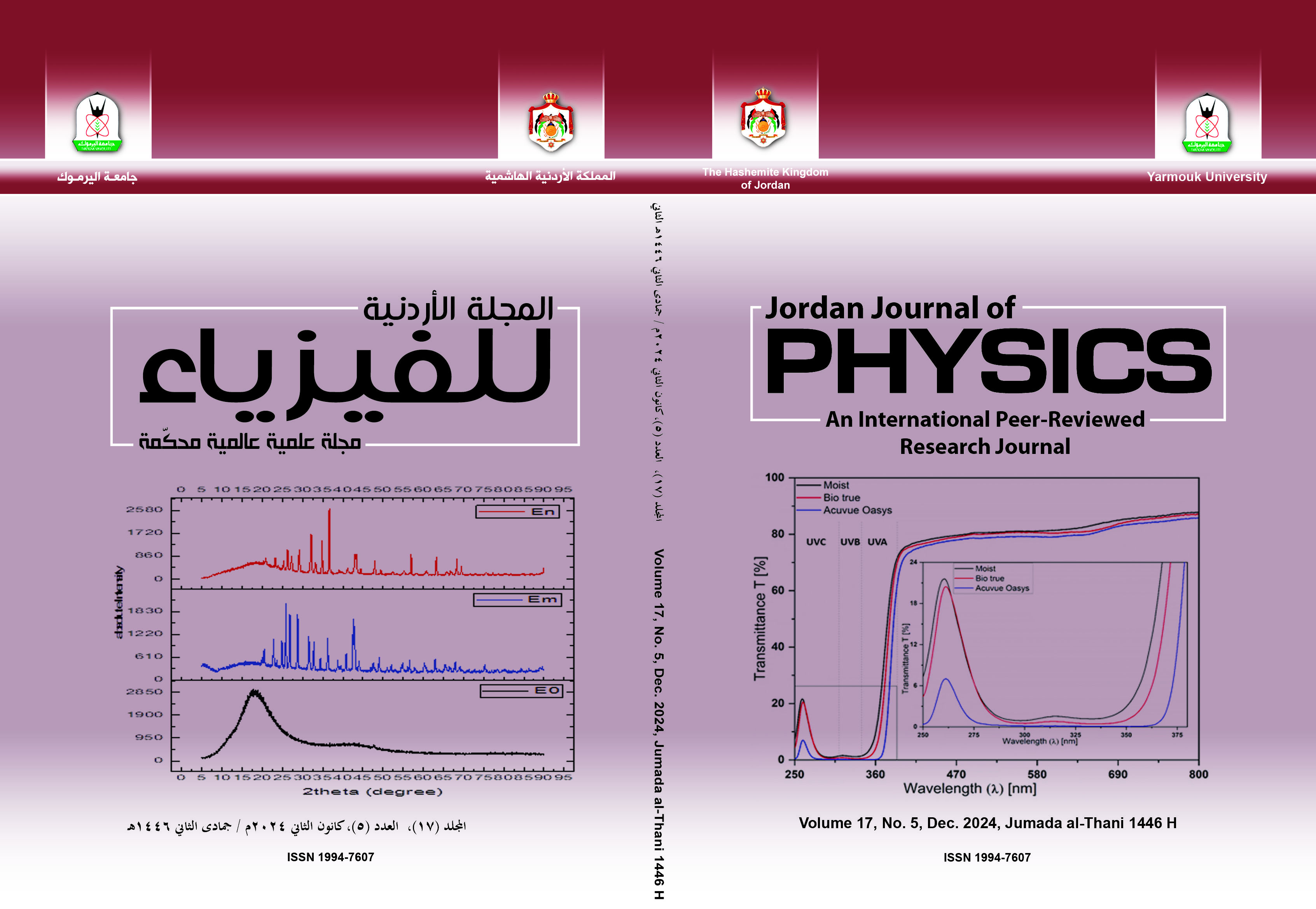Simulation-Assisted Environment-Mapping Using Unidirectional Ultrasonic Pulses
Abstract
In this paper, a new system for mapping and discovering an environment using simple ultrasound transceivers, connected to a microcontroller, is developed with the aid of an ultrasonic wavelet propagation simulation program. Environment mapping is achieved
by sending ultrasonic pulses with known characteristics and listening to the reflections from all directions in real time. The change induced in the shape of a pulse wavefront due to reflection is found to be dependent on the barriers in the environment and on its
geometry. The correlation between the changes in the shapes of the wavefronts and the shapes of the reflecting objects is investigated. This includes the slope or curvature of the reflecting wall (or barrier), wall tilt or angle and possible twists in corners. By analyzing
the interference patterns and counting the interference fringes in the reflected pulses, a method for measuring object orientation is developed. The presented technique can also discover unseen objects behind corners. The results obtained show that this method is not only effective in discovering an environment, but also in measuring subtle features, such as the rotation of an object with an accuracy of 0.1◦. The mapping and discovery techniques described in this paper are targeted for artificial intelligence applications and robotics. The infinite number of possibilities in the reflected wavefront characteristics, due to the similarly infinite environment shapes, makes experimentally collecting this data impossible. The simulated data presented in this paper will take more than six months to be
collected experimentally.
Keywords:Simulation, Environment mapping, Unidirectional ultrasonic pulses.


